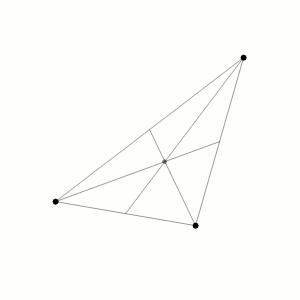Blog: The Fed's Three Body Problem - Inflation vs. Employment vs. Financial Stability

In physics, the “three body problem” involves predicting the motion of three objects, or bodies, when the bodies are attracted to one another by gravity. Newton solved the two body problem, but not the three body equivalent. The French mathematician, Henri Poincare, studied this problem in the late 19th century, but found the problem unsolvable.1 In the 1960s, Edward Lorenz discovered why. A small perturbation in the system would send all three objects on completely different trajectories. So unless you know initial conditions to an infinite level of precision, you could not predict the future. This was the beginning of chaos theory, and the basis of my view on cycles and regimes.
The combination of the banking crisis, high inflation and low employment has shown that the Fed is facing its own three body problem. The Fed is supposed to control inflation and maximize employment while keeping the financial system stable. Other central banks have similar objectives though they may not be as explicitly stated. But what happens when these goals are in conflict? Since the three mandates affect one another, how do we know that addressing one problem will not exacerbate the other two?
